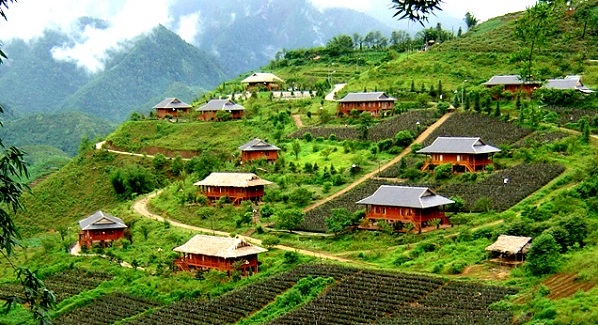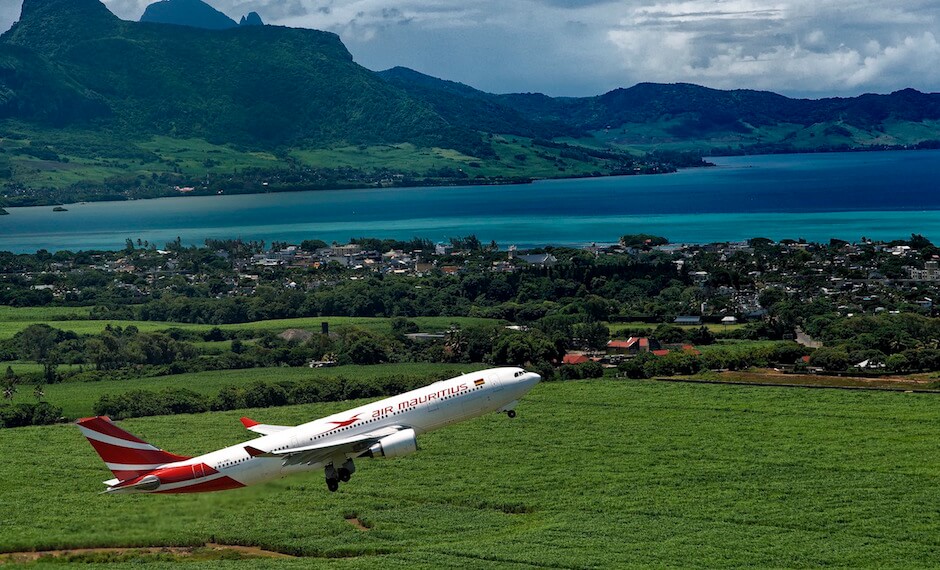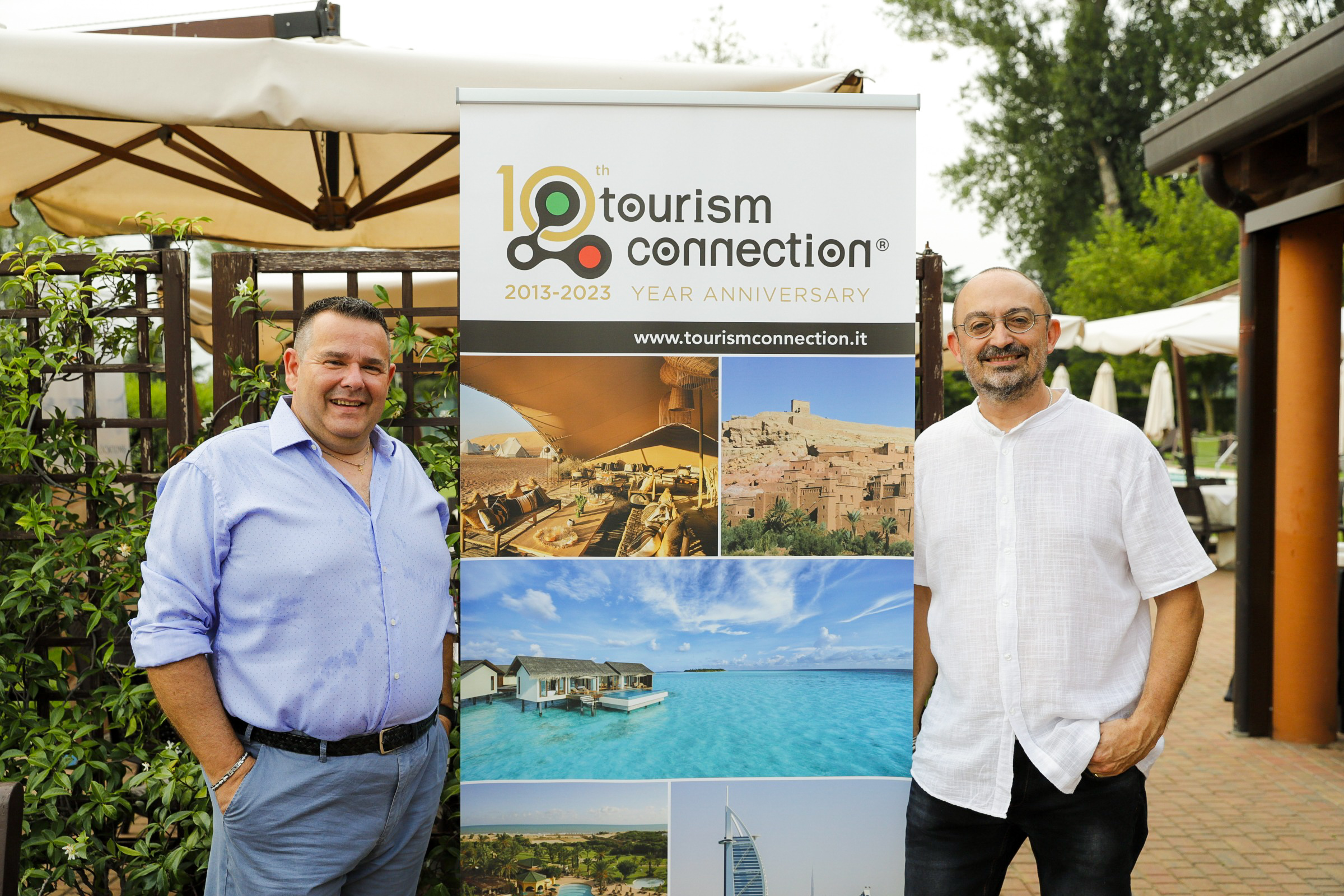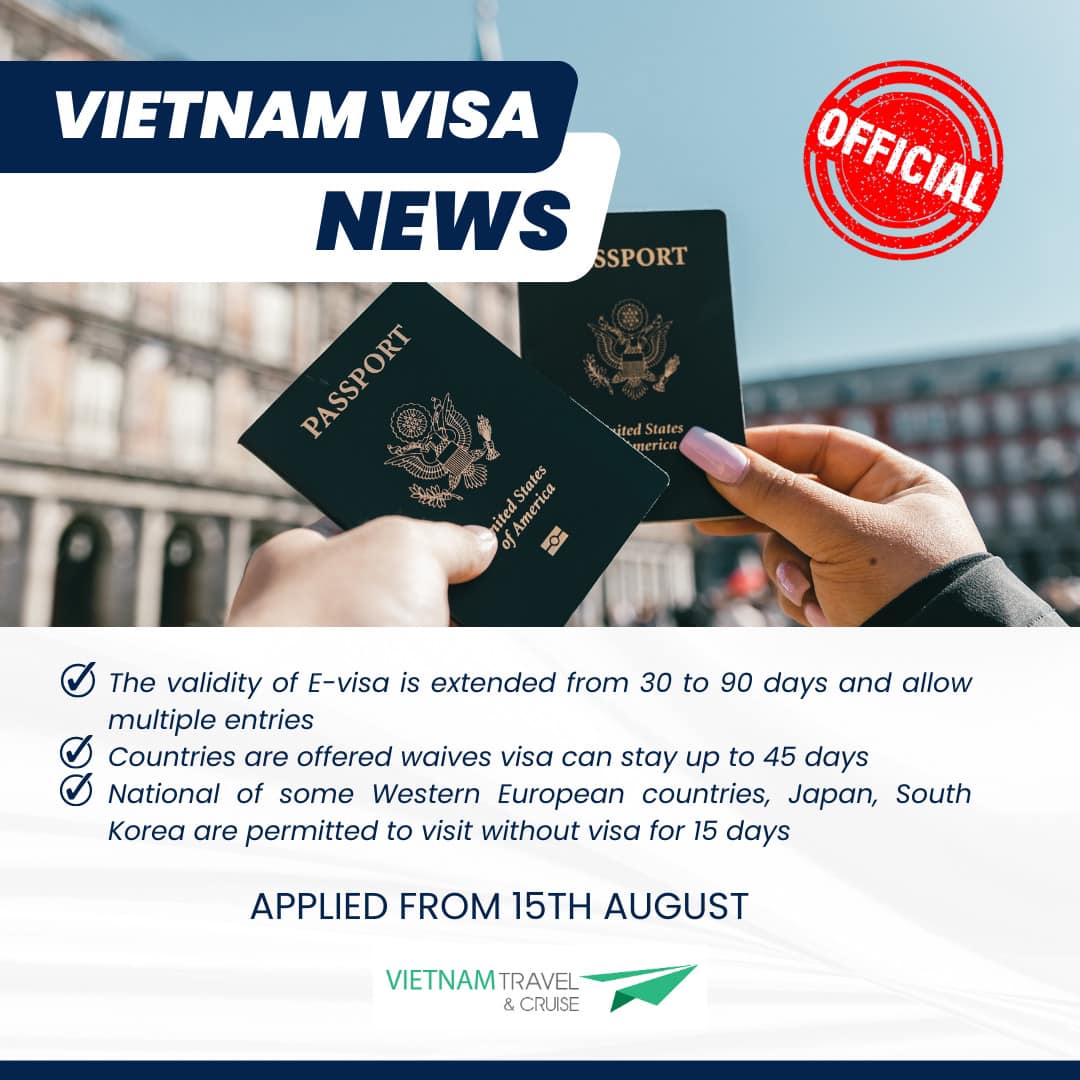[:it]La cittadina di Sapa nel nord del Vietnam al confine con la Cina è una delle mete più visitate di questo affascinante paese. Terrazze di riso, variopinte minoranze etniche e una varietà di sentieri escursionistici sono una forte attrazione per i visitatori, che raramente rimangono delusi, è un dono prezioso che Madre Natura ha donato al Vietnam.
Sapa dista 38 km dalla città di Lao Cai e 376 km dalla città di Hanoi. A un’altezza da 1.500 a 1.800 metri sul livello del mare, Sapa è una splendida località turistica che si nasconde nelle nuvole. La temperatura media di questa zona è 15ºC-18 ° C. È fresco d’estate e freddo d’inverno. A volte, in inverno cade anche la neve. Il distretto è la patria di una grande molteplicità di etnie, tra cui cinque gruppi principali come gli Hmong, Yao, Tay, Zay e Xa Pho.
La città di Sapa è il luogo in cui le minoranze etniche si riuniscono, commerciano e vendono ai turisti i loro prodotti agricoli come riso, mais, frutta, artigianato e souvenir.
Sapa inoltre è votata per essere il miglior luogo per il trekking in Vietnam, sia da locali che da stranieri. L’intero distretto è dominato dalla catena montuosa di Hoang Lien Son, che comprende anche il monte. Fan Si Pan – la vetta più alta del Vietnam e dell’intera penisola dell’Indocina con un’altezza di 3143 m. Questa montagna non è solo una dura sfida per gli appassionati di trekking, ma anche un’opportunità per assistere alla splendida vista.
La posizione geografica della zona lo rende un posto davvero unico per una ricca varietà di piante, uccelli, mammiferi, anfibi, rettili e insetti, alcuni dei quali si possono trovare solo nel nord-ovest del Vietnam.
Un’altra ragione che attrae sempre più turisti che viaggiano in questa città. Qui si puà trovare una vasta gamma di verdure subtropicali come il cavolfiore bianco, la barbabietola rossa o il chayote. Ci sono piatti d’obbligo per tutti i visitatori – come il chayote bollito, consumato con sesamo o “lon cap nach” – o i maiali domestici ma cresciuto nei campi o nella foresta.
Il clima fresco della regione rende la carne e il pesce alla griglia accompagnato da funghi e verdure lo street food preferito. Vengono grigliati mais, patate dolci, gnocchi, riso con bambù e uova.
Tuttavia, i turisti possono provare molti altri cibi locali come il riso viola o “thang co” – carne di cavallo proprio al mercato di Sapa.[:en]The town of Sapa in northern Vietnam on the border with China is one of the most visited destinations in this fascinating country. Rice terraces, colorful ethnic minorities and a variety of hiking trails are a strong attraction for visitors, who rarely remain disappointed, is a precious gift that Mother Nature has given to Vietnam.
Sapa is 38 km from the city of Lao Cai and 376 km from the city of Hanoi. At a height of 1,500 to 1,800 meters above sea level, Sapa is a beautiful tourist resort that is hidden in the clouds. The average temperature of this area is 15ºC-18 ° C. It is cool in summer and cold in winter. Sometimes, in winter, even snow falls.
The district is home to a large number of ethnic groups, including five major groups such as the Hmong, Yao, Tay, Zay and Xa Pho. The city of Sapa is the place where ethnic minorities gather, trade and sell to tourists their agricultural products such as rice, corn, fruit, crafts and souvenirs.
Sapa is also voted to be the best place for trekking in Vietnam, both from locals and foreigners. The entire district is dominated by the Hoang Lien Son mountain range, which also includes the mountain. Fan Si Pan – the highest peak in Vietnam and the entire Indochina peninsula with a height of 3143 m. This mountain is not only a tough challenge for trekking enthusiasts, but also an opportunity to witness the beautiful view.
The geographical position of the area makes it a truly unique place for a rich variety of plants, birds, mammals, amphibians, reptiles and insects, some of which can only be found in the northwest of Vietnam.
Another reason that attracts more and more tourists travelling in this city. Here you can find a wide range of subtropical vegetables such as white cauliflower, red beet or chayote. There are obligatory dishes for all visitors – such as boiled chayote, consumed with sesame or “lon cap nach” – or domestic pigs but grown in the fields or in the forest.
The fresh climate of the region makes grilled meat and fish accompanied by mushrooms and vegetables the favorite street food. Corn, sweet potatoes, gnocchi, rice with bamboo and eggs are grilled. However, tourists can try many other local foods such as purple rice or “thang co” – horse meat right at the Sapa market.[:]






